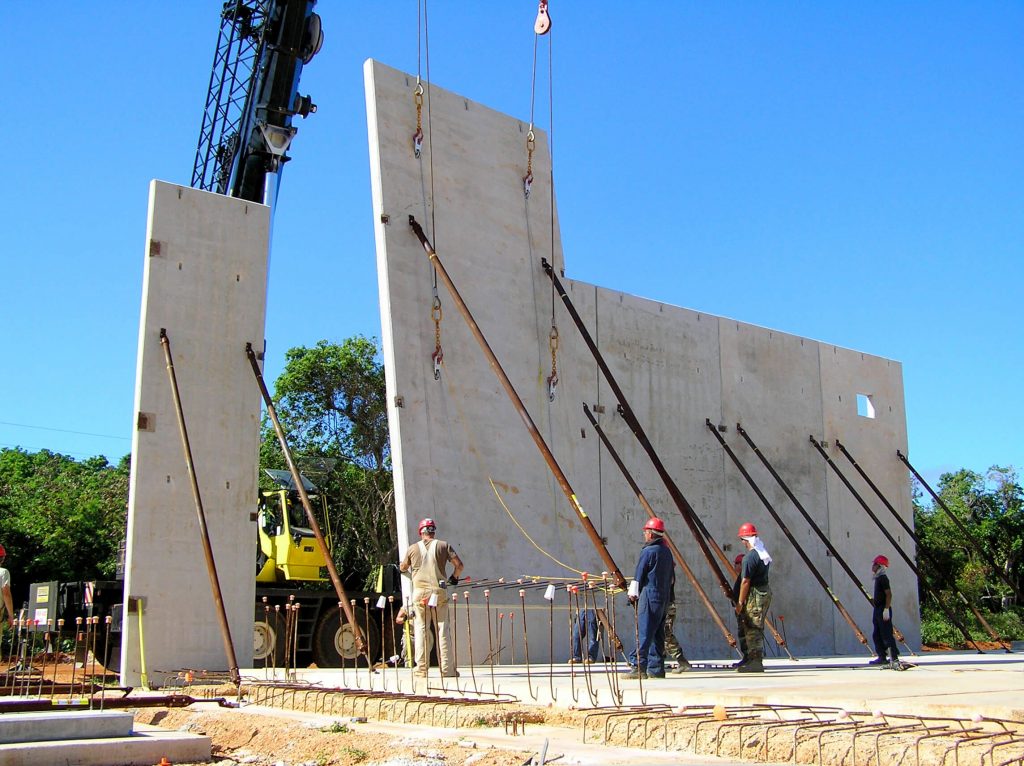Fly-ash, a component found in burning coal, is a common aggregate added to the composition of concrete as a means to increase strength. But because coal is being used less in the generation of electricity in particular states, including California, the issue of fly ash shortages needs to be addressed. That is, with these shortages, road construction and other concrete-dependent projects are threatened to be slowed down as there is not enough fly ash being generated to manufacture enough concrete.
Explore 12 Futuristic Technology Trends Solving Concrete's Biggest Challenges.
With this in light, companies such as 3M are now working to develop new pozzolans or natural pozzolans which are derived from volcanic rock rather than coal.
The city of Corona and the Corona Chamber of Commerce partnered on a symposium in order to bring together experts on pozzolans. This symposium concluded with road construction at 3M’s Temescal Canyon quarry where workers laid 13 slabs of concrete with varying mixtures.
It was demonstrated that concrete that was made with the new pozzolan had performed similarly to concrete that was made with fly ash, which is a good sign – according to Jay Lukkarila, mining engineer for the 3M Co.
“The minimum compression strength for Caltrans for this concrete mix design is 4,000 psi in 42 days”, Lukkarila states. “All of these mix designs will most likely reach that minimum strength in less than 28 days”.
Ultimately, Lukkarila says that concrete that is made with pozzolans would usually gain more strength over time in comparison to concrete that is made with straight cement. 3M will continue testing cylinders from concrete poured at the demonstration location for the next two years.
Source: http://www.pe.com/articles/concrete-816192-made-fly.html








